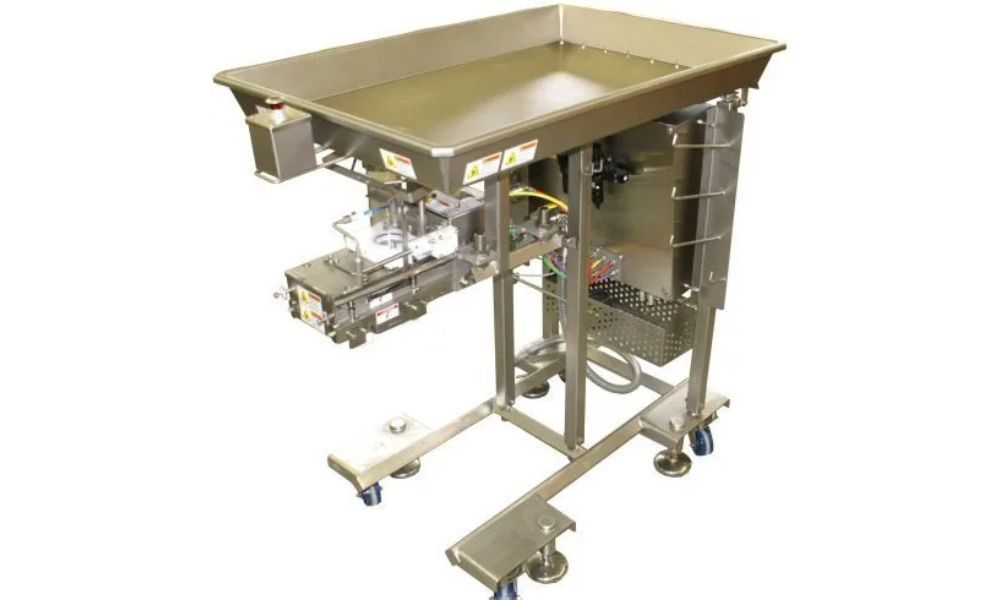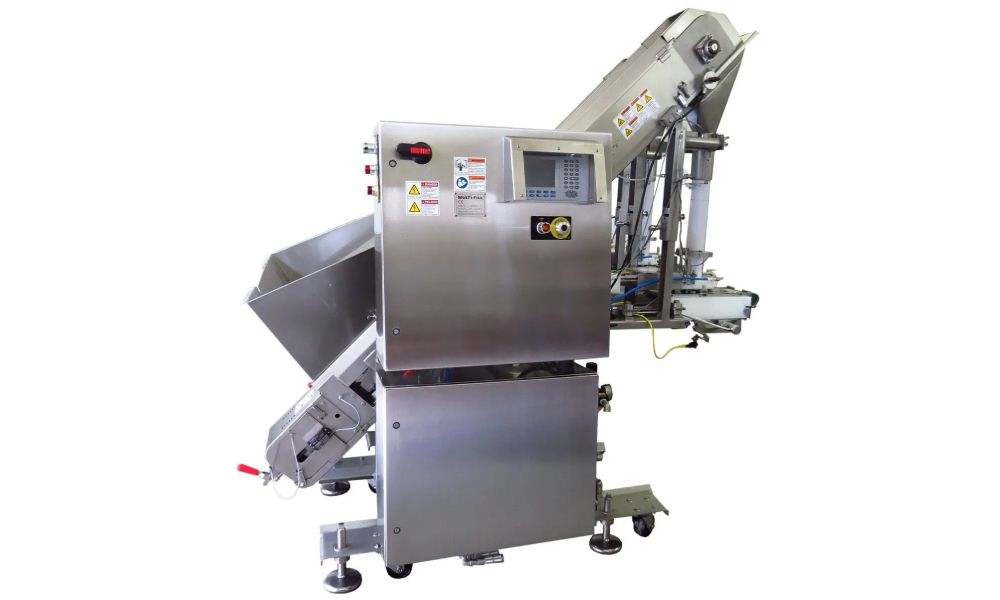Read our guide below to find out more

Pasta is one of the most popular foods in the world
Pasta is increasingly popular worldwide. According to the International Pasta Organisation, pasta has seen year over year increases in consumption for the past decade. With nearly 15 million tons of pasta produced worldwide, it’s one of the most popular dietary staples. Unsurprisingly, Italy is the highest per capita consumer, with 23.2 kilograms of pasta per person per year. With a 4000 year old history, Pasta is one of the world’s most treasured foods.
Much of the increasing interest in pasta is cultural--as societies move towards sustainable, plant based foods, Pasta is often at the top of the list, alongside rice and legumes. Pasta has a low impact on the environment and can be prepared in a number of different ways. Prepared pasta is one of the most common fresh and frozen foods, due to low cost and endless varieties.
Long noodles can be difficult for food processing equipment
Long noodles, however, provide some difficulty for mechanical food depositors. Unlike short pastas, which can often be scooped, long pasta is prone to clumping and sticking. Cooked Long pasta noodles cannot be pumped--the process subjects the soft noodles to excessive mechanical force, resulting in breaking, lumps, and uneven food deposits.
Some factories have tried using a gravity fed scale to deposit long noodles. This process, while common, has its drawbacks as well. Noodles tend to stick together, making the resulting deposits uneven. Smaller factories rely on hand scooping long noodles. This process keeps the noodles intact, but hand scooping is difficult to scale, and often results in inconsistent portions.
Adding to the difficulty, long pasta needs to remain long in order to appeal to consumers. Long noodles can have cultural importance. Spaghetti noodles lose their appeal when they are chopped. As consumers become more sophisticated, they expect better looking and better tasting food, so the aesthetics of processed food are important. It is common for processed food to compete side by side with restaurant food, as it does in airports. In these cases, the visual appeal of the food becomes critical.
Tips for long noodles in food depositors
Processing long noodles, such as lo mein, spaghetti, fettuccine, and others, requires gentle machines and some knowledge of the pitfalls. Here are some tips for how to be successful.
- Keep them from Sticking: By adding a little oil or water to the noodles, the operator can keep them from sticking and clumping. This should be done with care, because oil can prevent the sauce from adhering to the noodles. Keeping the noodles wet as they cool can also work, because the water forms a micro barrier to keep the starch from forming a bond between noodles.
- Use the Right Food Depositor: By using a specialized machine, (such as the MPFSC 120 which uses a gentle rake to separate the noodles into portions) , the operator can achieve beautiful deposits into a variety of containers, including cups, pouches and trays.
- Consider the Sauce: Noodles can be sauced before or after depositing, but chunky or lumpy sauces should be added afterwards in order to keep a consistent distribution throughout the package. Adding the sauce before filling can help keep the noodles from sticking together as well and can be considered as an alternative.
- Cool the Noodles: Noodles should be packaged as soon as possible after cooking in order to maintain their quality, however cooled noodles will move more freely through machines. This is because steam pulls moisture from the noodles and leads to more sticking and clumping.
Consider these tips as you plan out your line for long noodles. However you work with them, Long Noodles will remain one of the world’s favorite foods, guaranteed to remain popular for years to come.
For more information about Multi-Fill’s world-class volumetric food filling machines, call 801-280-1570 or contact us online.
Designing a food filling line: Product is king












